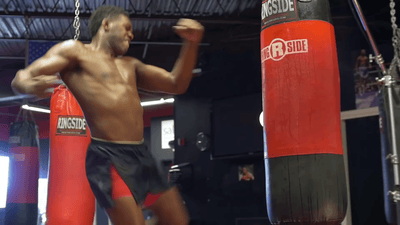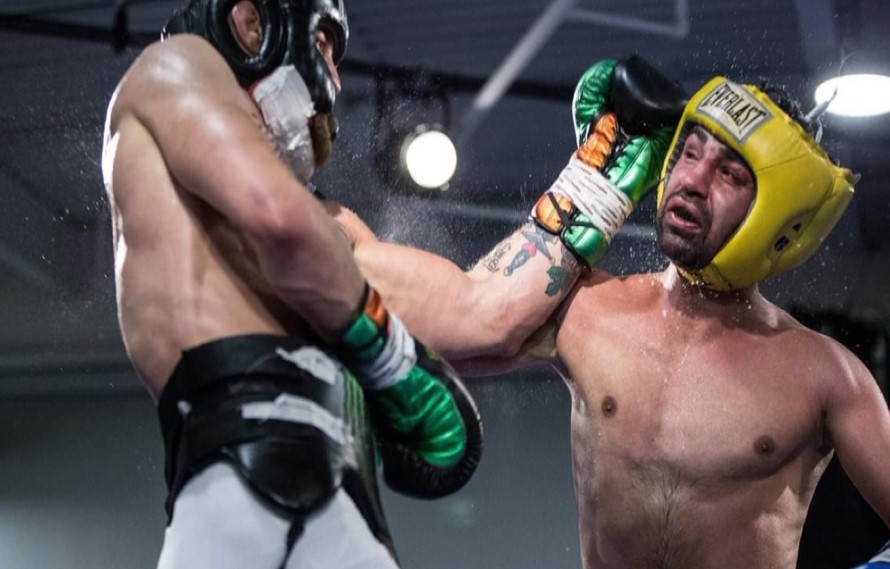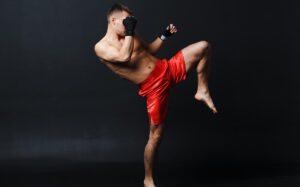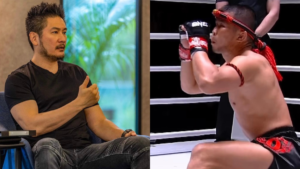Out of all martial arts in the world, Muay Thai is perhaps the most punishable one. While in other combat sports you can avoid getting hurt somehow, Muay Thai is unforgiving. Sooner or later, the injuries will occur, and this is a part of the Thai game. Basically, your body and mind are continuously going through huge stresses during the training sessions.
The ability to avoid injuries from occurring is often limitless while the list of potential injuries is endless. The most common ones are sore ribs, bruises, knees, and wrists. Yet, it doesn’t mean you will experience them all. But, the injuries almost all Muay Thai fighters share are definitely shin splints.
At the same time, strong shins are very important in Muay Thai. The ability to throw powerful roundhouse kicks is the bread and butter of every fighter. Muay Thai technique heavily focuses on developing powerful lower body combat moves. Although punches and movements are important, legs are a bigger and much more dangerous weapon. What’s more, the power of roundhouse kicks is equal to swinging a baseball bat! Yet, we’re not talking just about the offense. Shins play a vital defensive role as well. A fighter must check the opponent’s leg kicks with the shin and stop the kick from doing any damage. What’s more, shin clashes could affect both sides and logically, the stronger and harder shin wins!
What are shin splints and what causes them?
Out of all parts of the body, shins are receiving the maximum damage during the training sessions and fights. As we all know, Muay Thai is heavily relying on kicking techniques. As a result, a person spends much time kicking various bags (including the heavy ones) and pads. However, there are a couple of more causes of shin splints during Muay Thai training:
- Wearing worn-out shoes during the long runs
- Tight calf muscles may produce a lot of stress on the shins and cause the pain
- The tissue can get inflamed due to the poor running form
- The calves’ growth may cause an imbalance in your legs and unnecessary stress on the shins.

Many people, especially the beginners are overusing the shins by unloading with the powerful kicks. But, this is a recipe for disaster. Firstly, the shins will become black and blue which is the first sign you need to start backing off the power and focus on conditioning the shins. Also, you will start experiencing some medium level pain. But, things are getting serious when you start feeling sharp, bone and muscle pain during the sessions.
Shin splints will need a couple of weeks of rest to get back in the normal condition. In order to prevent this from happening once again, we have decided to react! Below, you can discover some valuable techniques on how to condition the shins. Also, we have some great tips as well.
How to Condition Shins the Right Way and Avoid Shin Splints?
Switching a bit of your focus on conditioning the shins can make the Muay Thai experiences much more pleasant. The truth is, shin pain in Muay Thai is unavoidable and it takes much time for the one to realize how to condition the shins the right way. Also, you must be patient. Nothing comes overnight and your body needs to get used to experiencing stresses. If you have problems with the shin pain or don’t want to feel it, focus on the following techniques below. We assure you will stop the pain in record-breaking time and prevent it from coming back.
Increase the bone density
Instead of kicking the bananas trees like Bukakaw, try to run as he does. One of the ways to strengthen the shins and legs is to increase bone density by going on long runs. Muay Thai students and professionals are running up to 10 miles just to warm up! As a result, you’re never going to see a Thai fighter gassing out quickly in a bout or heaving weak shins. Also, having high running mileage will boost your endurance and give the ability to last the entire fight.
Running is also great for increasing bone density. What’s more, the researchers at the University of Missouri have found that running might have a greater positive impact on bone density than resistance training. Pounding on the road for 10km every day will put the bones under strain and help them grow stronger. Running this much may sound hard, but the reward for your sacrifice could be very high. What’s more, the shins will become stronger after a very short period. We have to mention that wearing proper shoes is very important. As said above, wearing bad shoes without proper support can cause shin splints.
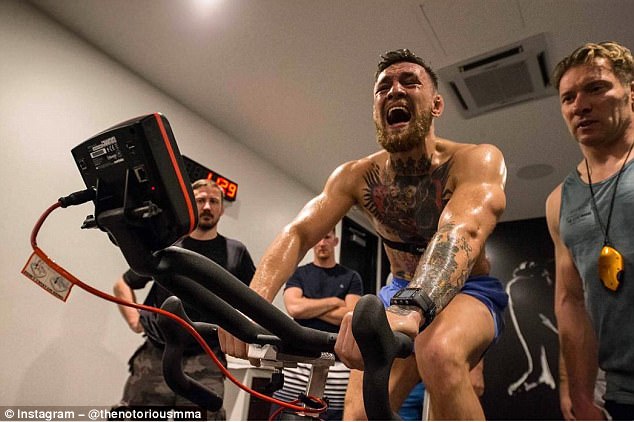
Also, one of the best ways to support stronger legs and increase bone density is weight lifting. Combining the weight lifting with the regular Muay Thai running sessions is perfect for shin conditioning. What’s more, performing both exercises will lead to much faster progress. Some of the exercises that will improve overall strength, balance and shin conditioning are:
- Kettlebell or medicine ball workouts
- Swimming, bicycling and hiking
- Squats, lunges, cleans and box jumps and step-ups
Focus on executing technique the right way
“Focus on the technique” may sound formal. But, performing the moves wrong way is perhaps the biggest cause of shin splints. In other sports, this usually only affects the athletes’ performance. In Muay Thai however, this can cause all sorts of health issues and pain.
This especially stands for Muay Thai beginners who haven’t learned yet how to perform the right way. As a result, most beginners hit the bag or pads with the wrong part of the shin. Although you can get away from the pain in the first couple of sessions, trust us, shin pain will catch you. Shin is one of the most sensitive parts of the body since it doesn’t have many muscles to absorb the hit/blow.
Thus, focus on learning how to rotate/twist the hips the right way and land with the right part of the shin. The best place to connect is with the front-outer shin muscles group or Tibialis Anterior and Extensor Digitorum.

In addition, set your mindset on learning rather than proving yourself. This means you should carry out the moves slower and with much less power. There is no point in proving something to someone inside the gym. If you start throwing powerful roundhouse kicks the wrong way, you can get hurt. One time, you will certainly misjudge the distance and land with the shin bone or foot. This will lead to serious, unforgiving pain and broken toes in some cases.
A lot of heavy bag and pads workouts
In movies like “Kickboxer”, you can see fighters crushing the bananas trees or some other wooden objects to harden their shins. Yet, this is far away from being true. I mean, Muay Thai is a brutal, not a crazy sport. Hitting this rigid stuff like Jean-Claude Van Damme can lead to serious shin injuries and tendons. The only right way to condition your shins is to kick bags and pads over and over again. Although it takes time and an insane number of kicks thrown, you will develop rock hard shins.
Every Muay Thai gym has all types of bags with different hardness and weight. If you want to condition the shins, start by kicking the softer and lighter bags. This will give the shins the needed time to build up the resistance and become stronger. Once you feel confident, proceed on kicking the harder bags and start increasing the power in the kicks. Also, pad work is a great method to condition the shins and to strengthen the bone. After a few months, the nerves in the shins will begin deadening, and the pain intensity will decline.
Beginning from the soft bags and increasing the power will positively affect the development of the technique as well. Many experienced practitioners have a hard time breaking bad habits and getting back to fundamentals. Shin splints will force you to get back to the basics of performing the techniques.
Give your body a time to recover
One of the most important things is to step away from the gym and take time off the training. This will positively affect the shin conditioning just as training does. What’s more, issues like bad bruises or some sorts of knots can develop potential long-range injuries or illnesses. That said, it’s crucial to take some time off and allow the skin, muscles, and bones to recover by themselves.
Moreover, this doesn’t mean you should utterly abandon the training sessions. Sometimes, it’s enough to just stop throwing the leg kicks for some time. Instead, spend time focusing on other areas that seek improvements like boxing, footwork or weight lifting.
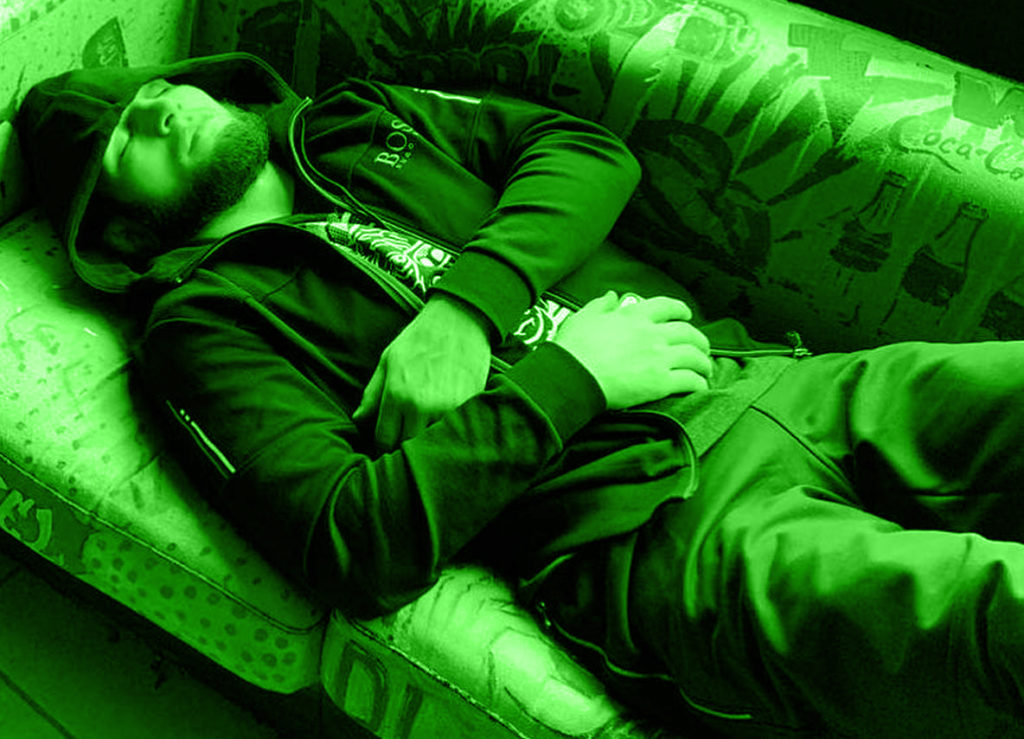
But, if you feel the need to go away from the gym and recover yourself, please do so! Rest is very important for every athlete as it allows the body and mind to recover from the grueling exercises and punishment. This stands for not just shins, but the other parts of the body. You’ll get back energized, recovered and motivated to keep on training.
Sparring
Stepping into the live combat action with a teammate is the most thrilling part of the training. Also, this is a great way to strengthen the shins. Sparring requires two parties throwing all sorts of combat moves on each other. Thus, the room for errors and injuries is quite large. So, the beginners and less experienced practitioners must wear shin guards for safety. Although shin guards can absorb a lot of force, you will definitely feel the pain while checking leg kicks or throwing harder kicks.
Further, sparring with thinner shin pads is a great way to enhance shin conditioning. But, if you leave every sparring session with bruising and pain in spite of wearing the shin pads, take a different approach. Like in the heavy bag workouts, start with the regular, and beginners’ shin pads. Also, focus on throwing with less power and more technique. Over time, the shins will become stronger to a certain degree, and you can start wearing the thinner shin guards.
When feeling loose to go at it, you can move on sparring without shin pads. But, with this new change, you should apply old rules, start slowly and gently. Most people sustain injuries during the sparring sessions. So it’s essential to shift your focus on learning and executing the acquired knowledge in live-action. This way, every session will be productive and safe for both parties.
Take care of the shins outside the gym
It’s very important to take care of your body outside the gym. This is especially effective during the resting and recovery process. As said, not overusing the shins during the sessions is a must. But what is as important is to heal the damage the right way. Athletes can speed up the healing process by using various products or taking the necessary minerals and vitamins.
There are plenty of muscle pain reliefs on the market that would ease the shin pain. We have to say that the effectiveness of these products depends on the individual. But, the products like Namman Muay Thai Liniment or Tiger Balm can make a lot of difference. Moreover, you need to consume enough minerals and vitamins. With the proper nutrition and diet, you can take crucial ones like calcium and vitamin D. These two are crucial for developing strong and healthy bones.
Final Thoughts on Shin Conditioning
Developing the rock hard shins is not easy and it takes much time and dedication. Whether you have a minor or big problem with shin splints, the procedure for conditioning is always the same. If you are eager to become a Muay Thai professional, accept this is the part of the game that will only help you grow.
The tips presented above are all great and effective for shin conditioning. Adding some into your game and taking care of your body outside the gym will help you ease the pain, strengthen the bones and develop hard shins. Muay Thai is a hard sport and it isn’t for anyone. However, once you get rid of shin splints, you’ll enjoy the Thai experience even more and fell in love with the sport completely.


